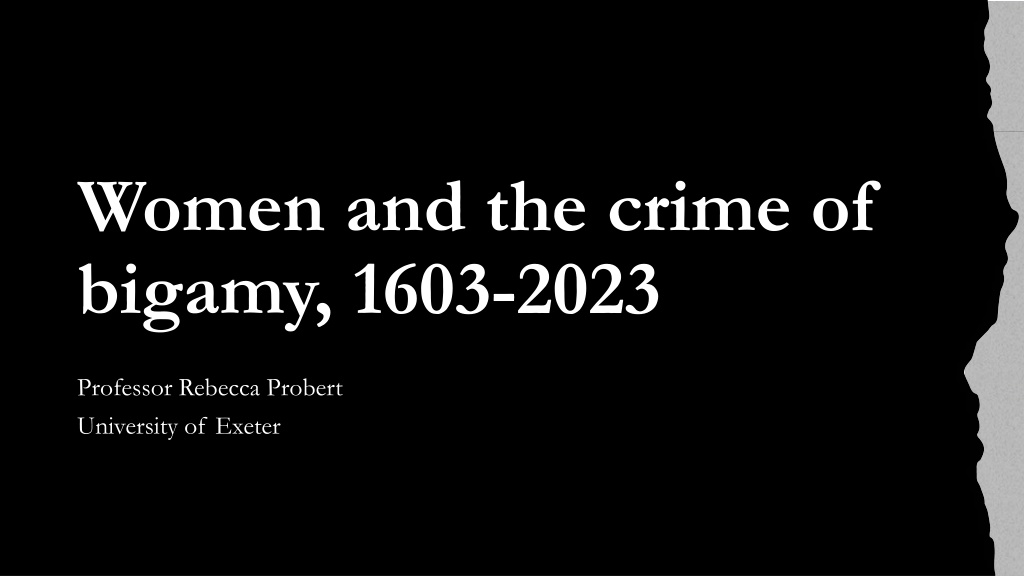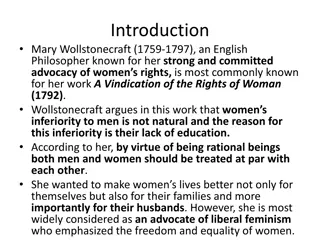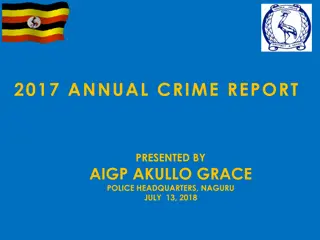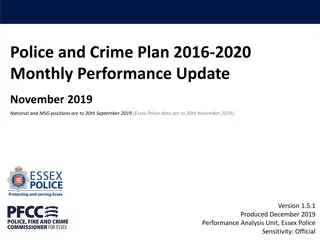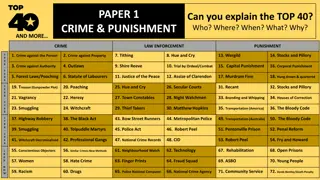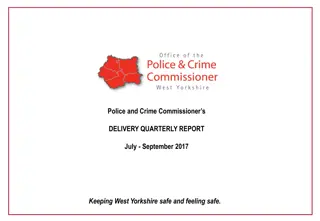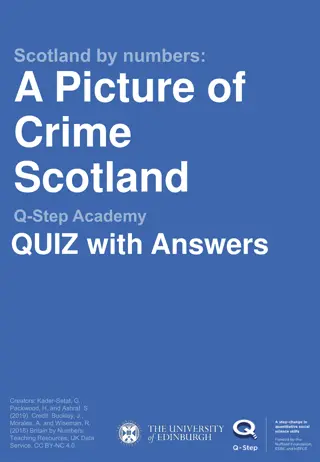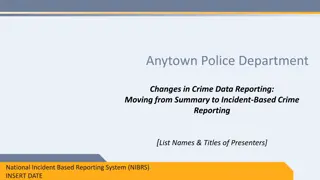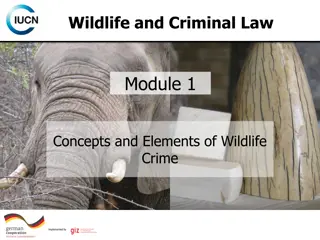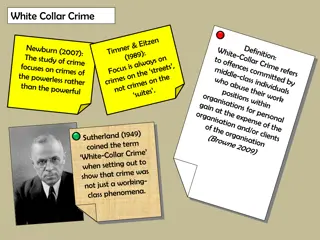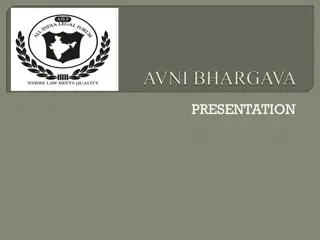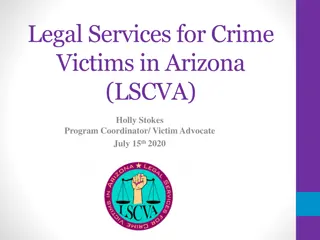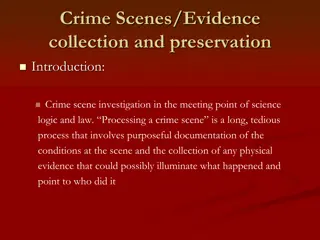Women and the Crime of Bigamy: A Historical Perspective
Exploring the history of bigamy crimes involving women from the 17th century to the present day, including legal acts, notable cases like Margaret Porter's in 1636, changing parameters of the crime, punishments such as transportation, and exceptions for certain circumstances like long-term absence or divorce.
Download Presentation

Please find below an Image/Link to download the presentation.
The content on the website is provided AS IS for your information and personal use only. It may not be sold, licensed, or shared on other websites without obtaining consent from the author.If you encounter any issues during the download, it is possible that the publisher has removed the file from their server.
You are allowed to download the files provided on this website for personal or commercial use, subject to the condition that they are used lawfully. All files are the property of their respective owners.
The content on the website is provided AS IS for your information and personal use only. It may not be sold, licensed, or shared on other websites without obtaining consent from the author.
E N D
Presentation Transcript
Women and the crime of bigamy, 1603-2023 Professor Rebecca Probert University of Exeter
Tonights talk
An Act to restrain all Persons from Marriage, until their former Husbands or Wives be dead if any Person or Persons within his Majesty s Dominions of England and Wales, being married marry any Person or Persons, the former Husband or Wife being alive; That then every such Offence shall be Felony
Exceptions for those whose Husband or Wife shall be continually remaining beyond the Seas by the Space of seven Years together, or whose Husband or Wife shall absent him or herself the one from the other by the Space of seven Years together, in any Parts within his Majesty s Dominions, the one of them not knowing the other to be living within that Time
And for those divorced by any Sentence had or hereafter to be had in the Ecclesiastical Court or where the former Marriage hath been or hereafter shall be by Sentence in the Ecclesiastical Court declared to be void and of no Effect
Margaret Porter s case,1636
Offences against the Person Act 1828
The use of transportation as punishment for bigamy offending shall suffer Death as in Cases of Felony Mitigated by benefit of clergy Branding Brief period of imprisonment/fines 1795 Act: Transportation for 7 years or 2 years imprisonment 1861 Act: 3-7 years penal servitude or up to 2 years imprisonment 1604 Act: the Person and Persons so
An offence against the public police or oeconomy By the public police and oeconomy I mean the due regulation and domestic order of the kingdom: whereby the individuals of the state, like members of a well governed family, are bound to conform their general behaviour to the rules of propriety, good neighbourhood, and good manners; and to be decent, industrious, and inoffensive in their respective stations. This head of offences must therefore be very miscellaneous, as it comprizes all such crimes as especially affect public society, and are not comprehended under any of the four preceding species (Blackstone, Commentaries on the Laws of England, Vol 4)
An offence against the person few crimes can be more atrocious than that of a married man, who by representing himself to be a bachelor, prevail on a modest woman to become his wife. He possesses himself by fraud of her person (Sir Samuel Romilly)
Women as perpetrators
Late c18th: drop in the percentage of women being prosecuted for bigamy, but increase in the percentage convicted
Escaping prosecution
Bigamy as an offence against the person
The divorce narrative and the erasure of the second wife 1840s: new narrative emerged of the poor man driven to commit bigamy because his first wife had been unfaithful and he had no means of obtaining a divorce Contemporary campaign for divorce reform glossed over the deception of the second wife in R v Hall But judges continued to treat bigamists more harshly where they had deceived the second wife And many bigamists had themselves behaved badly
Matrimonial Causes Act 1857 created a new court with the power to grant divorces Wives had to prove aggravated adultery such as bigamy with adultery conviction for bigamy was unnecessary as was whether the remarrying spouse would have had a defence if they had been prosecuted New remedies for the first wife This Photo by Unknown Author is licensed under CC BY
Judicial creativity: breach of promise/warranty New right to make a claim against the estate of the deceased under the Inheritance (Family Provision) Act 1938 If the marriage had been annulled (Matrimonial Causes (Property and Maintenance) Act 1958) If the claimant had entered into it in good faith (Law Reform (Miscellaneous Provisions) Act 1970) Judicial rejection of the difference between a decree of nullity and a declaration New protection for the second wife This Photo by Unknown Author is licensed under CC BY-NC
Conclusion Examining the history of bigamy provides an insight into the changing status and rights of women Nor is it of historical interest only Continuing examples of deception and exploitation New challenges resulting from religious-only ceremonies of marriage
